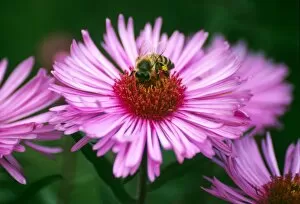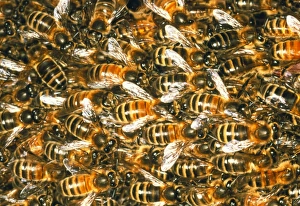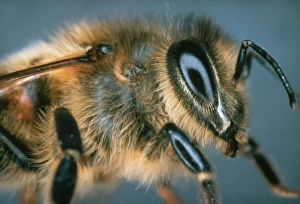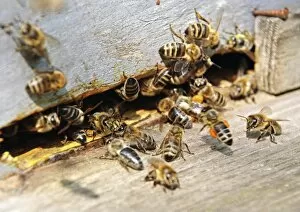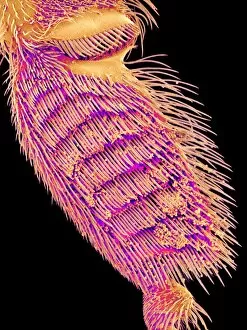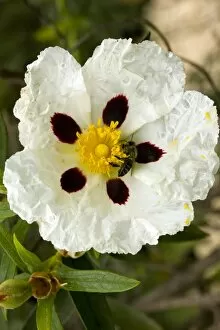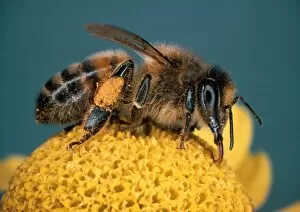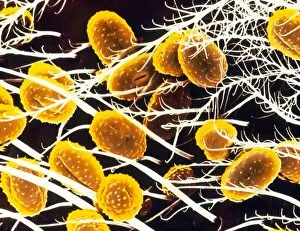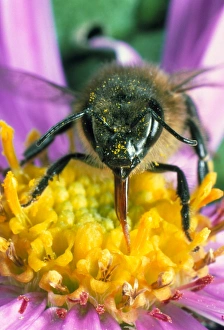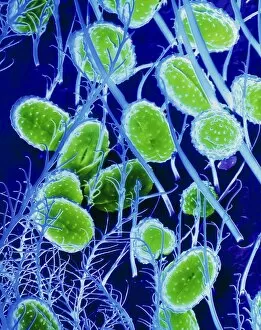Honey Bee Collection (page 9)
"Honey bees, the architects of sweetness 🐝🍯✨" Discovering the intricate world of honey bees is like unwrapping a treasure trove of nature's wonders
All Professionally Made to Order for Quick Shipping
"Honey bees, the architects of sweetness 🐝🍯✨" Discovering the intricate world of honey bees is like unwrapping a treasure trove of nature's wonders. On a honeycomb, these tiny creatures create their masterpiece, meticulously crafting hexagonal cells to store their golden nectar. As we delve deeper into their lives, we uncover the secrets hidden within. The Apis mellifera species reveals its mesmerizing life cycle through an expanded cross-section. Insets showcase every stage from egg to larva and pupa until they emerge as fully formed honey bees ready to take flight. Their internal anatomy is equally fascinating; a cross-section exposes the complexity beneath those delicate wings. Intricate artwork captures the essence of bee anatomy with precision and beauty. From detailed illustrations showcasing each body part to stunning close-ups revealing textured legs and captivating head structures captured by SEM technology, it's impossible not to be in awe of these remarkable insects. Observing them in action brings us closer to understanding their role in our ecosystem. Bees buzzing around flowers, like skilled pollinators on a mission, demonstrate how they facilitate plant reproduction while indulging in sweet nectar rewards. The European honey bee finds solace amidst ice plant flowers at Welder Wildlife Refuge—a harmonious dance between nature's creations. Even at microscopic levels, honey bees continue to amaze us. SEM images unveil intricate details such as hairy legs designed for collecting pollen or capturing glimpses of their distinctive heads adorned with compound eyes that perceive the world differently than ours. As we explore further into this enchanting realm, Leuckarts Zoological Wall Chart presents an educational glimpse into Apis' anatomical wonders—No. XXVII becomes a visual gateway unlocking knowledge about these industrious beings, and are more than just diligent workers; they are vital contributors ensuring biodiversity thrives across our planet.












